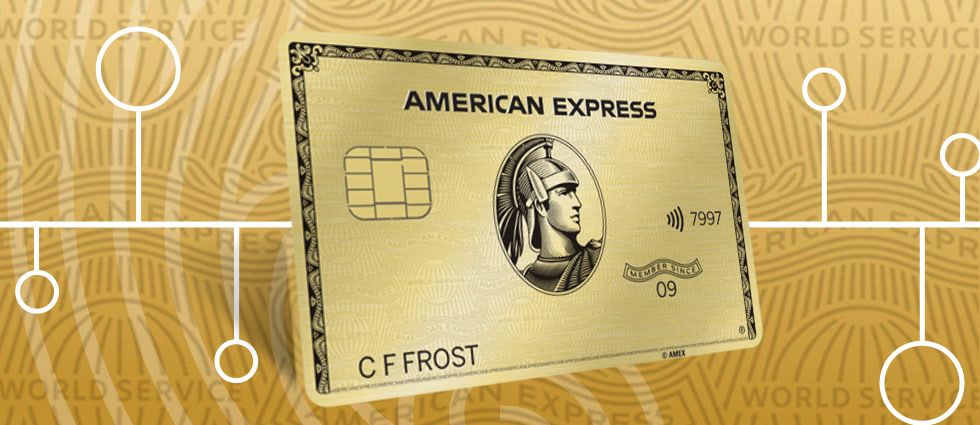The American Express Gold Card: Anatomy of an Evolution

The Amex Gold Card, introduced by American Express in 1966, has gone through a curious evolution.
The flagship product, once associated with prestige and financial status among affluent middle-aged, high-earning professionals is gaining popularity with the Gen Z audience.
So, in other words, the cohort that desires inclusiveness and diversity is embracing the card that was once marketed based on *exclusivity.*
The irony is not lost on us.
So, we dug a little deeper to understand how American Express is breaking through with Gen Z.
The following deck explores our insights into the successful strategies and tactics used by American Express over the last decade – including a “then and now” look at direct mail offers, messaging and formats – to win over key audiences of yesterday and today, resulting in a boom with the profitable Gen Z audience.
Some key factors in their success include:
• American Express demonstrates timing the market. As Gen Z ages into a credit lifestyle (the oldest of the cohort is 27 years old), American Express acts on their need and desire to move away from the past utility of debit cards with built-in restrictions toward a credit card with buying power and relevant perks.
• American Express doesn’t apologize for the high annual fee. Instead, the emphasis is on the value that the card offers.
• The card successfully conveys both inclusivity and exclusivity by tapping into and capitalizing on shared characteristics among demographics such as passion, savoring the moment, and seeking culturally relevant experiences.
Learn more below or click here to download the report as a PDF.









